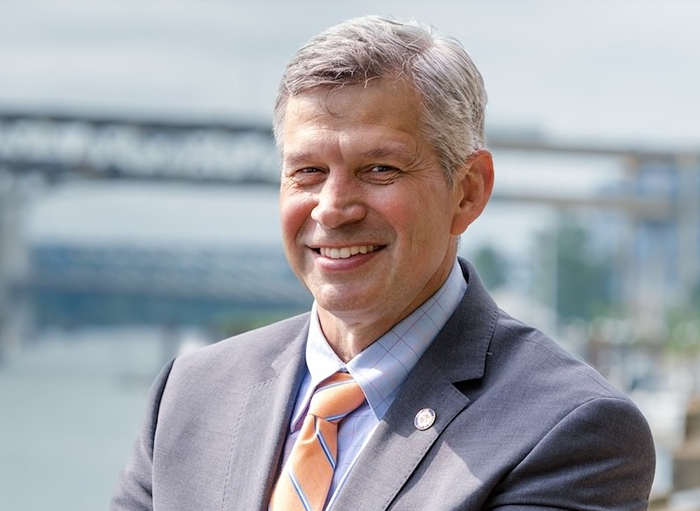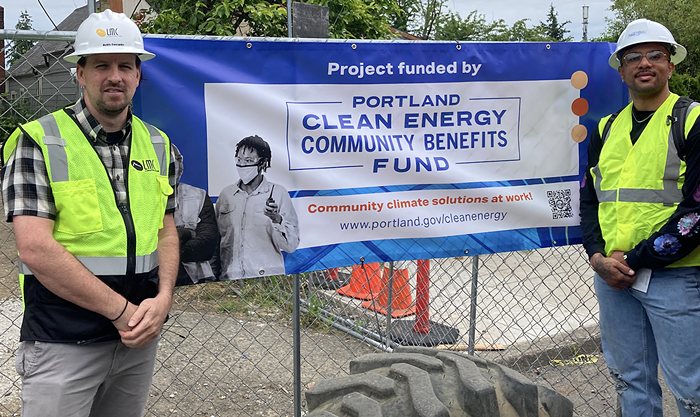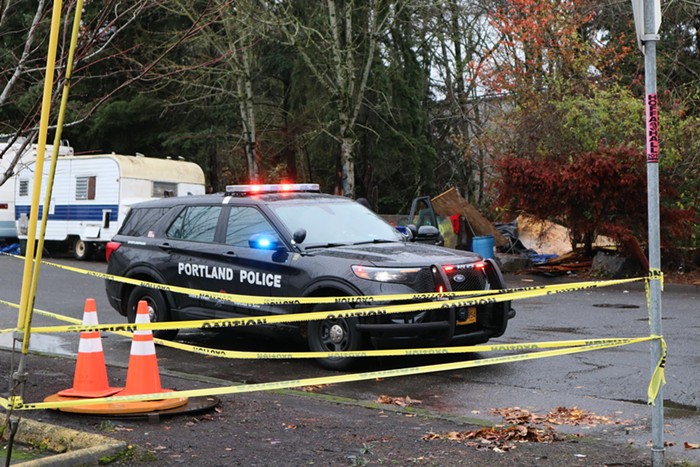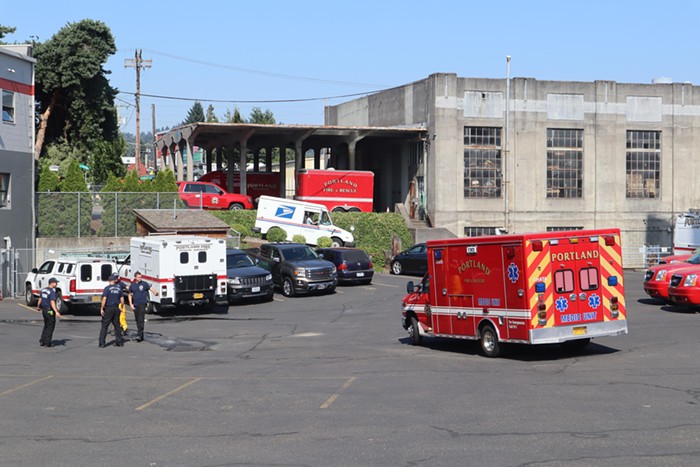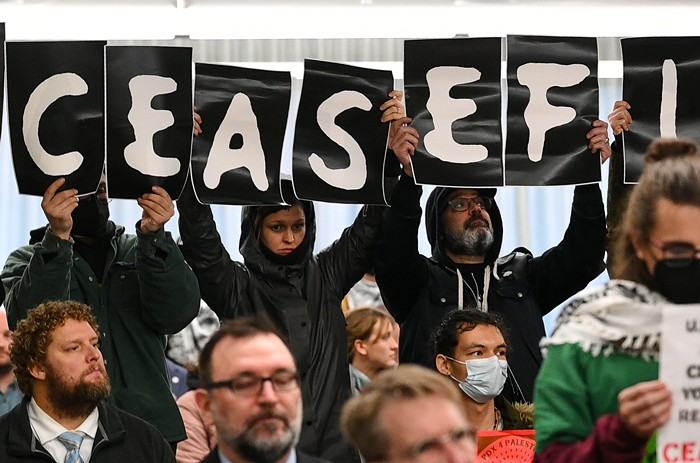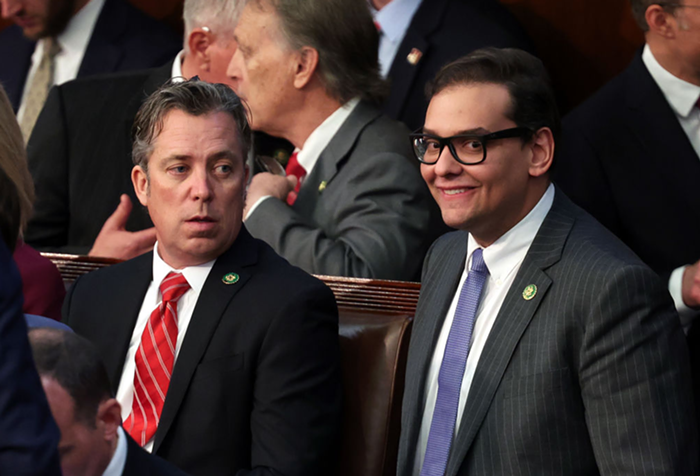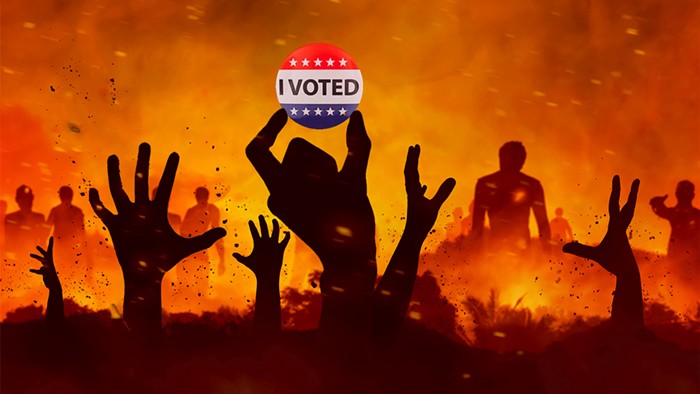
As Portland sees a record-breaking surge in homicide rates and lagging 911 response times, city officials have heard a demand that lies in stark contrast with the calls of 2020’s racial justice protesters: Hire more cops.
The bipartisan call has come from monied political campaigns, family members of Portlanders killed from gun violence, and directly from City Hall. Perhaps the loudest demands have come from the Portland Police Association (PPA), the union that represents Portland’s rank-and-file officers within the Portland Police Bureau (PPB).
“The connection between the diminished police presence in Portland, the lack of and availability of resources, and the rise in crime is glaringly obvious,” wrote PPA executive director Daryl Turner in a September press release.
This pressure has led Mayor Ted Wheeler to introduce a proposal before the City Council to expand PPB by 200 officers in the next three years. Wheeler has declared that the bureau is “critically short-staffed," comparing the low officer-to-resident ratio to that of other US cities.
“There is such a thing as too few officers,” said Wheeler at a press conference last week.
But the belief that crime decreases when a city has more officers isn’t supported by PPB’s own numbers. According to data collected and crunched by a Portland group of independent researchers, there is no recent correlation between the city’s crime rate and the number of police officers employed by PPB.
Using data acquired through public records requests to PPB and PPB online data dashboard, the researchers found that “additional officers do not correlate with a decrease in crimes.”
Instead, as their graphed data illustrates below, the monthly number of officers employed by PPB over the past five years has had an insignificant impact on the city’s monthly crime rate. The graph shows that, at times, Portland's crime rate has both skyrocketed and plummeted regardless of the size of its police force. In all, the data shows that, as the police force grows, crime appears to slightly drop at a near-immeasurable rate.

The numbers were analyzed by three Portland researchers: Data analyst Kathryn McKelvey, community organizer Shawn Fleek, and public health researcher Rachel Lockard.
“We’re not an organization or a firm or an institution,” McKelvey told the Mercury Monday. “We’re just people trying to use our skills to make a difference.”
McKelvey said the trio was motivated to collect this data “to see if there was substance to the PPB claims of record low staffing levels.” After confirming this claim, the group decided to dig a little deeper into the data to analyze other correlations. This data and others have been condensed into a report.
Their research debunks another theory, touted by the police union and other law enforcement advocates, that a larger PPB budget equates to a larger police force. The data shows that, while PPB's annual budget has steadily increased since 2016 (save for a slight decrease in 2020), the number of officers employed by the bureau has remained relatively constant. The researchers say this demonstrates PPB's inability to recruit and retain staff.
City leadership wouldn't disagree. As part of his latest budget proposal, Wheeler has earmarked hundreds of thousands of dollars to be used on recruiting and incentivizing new hires. He's also proposed rehiring 50 previously retired PPB officers over the next two years. These plans are in addition to Wheeler's mission to hire at least 200 new PPB officers in three years.
According to PPB data, 167 officers left PPB in 2020, and 97 have already left the bureau in 2021. As of October 2021, PPB had 127 vacant officer positions.
Other cities have attempted to analyze the correlation between crime rates and officer counts, with mixed results. In a recent New York Times story, reporter Shaila Dewan writes that, "For decades, scholars have acknowledged that local crime rates cannot be predicted by officer strength and police budgets."
While some research shows a faint correlation between more cops and a lower crime rate, none of it has been considered conclusive, Dewan finds. Yet those who support expanded policing are quick to use that data in their favor.
"Perhaps because crime rates are so hard to explain, they are easy to exploit," writes Dewan. "The spike in gun violence has not only prompted calls to expand police departments, it has given the police an opening to blame crime on policies they do not like, often with little evidence."
Portland City Council will hear testimony on Wheeler's proposal to use $7.8 million of the city's general fund dollars on a public safety package. Those interested in providing testimony on the proposal have until 4 pm Tuesday to register. Commissioners will hold a final vote to approve this package—along with other budget proposals—on Wednesday, November 17.

